Astronomy
Bern’s Interstellar Head Chef
Maria Drozdovskaya searches for recipes every day. But not for balanced main courses or fine desserts, but for comets, stars, and planets. In her research, she investigates how astrochemical processes form celestial bodies from dust grains, gases, and ices – and perhaps also life.
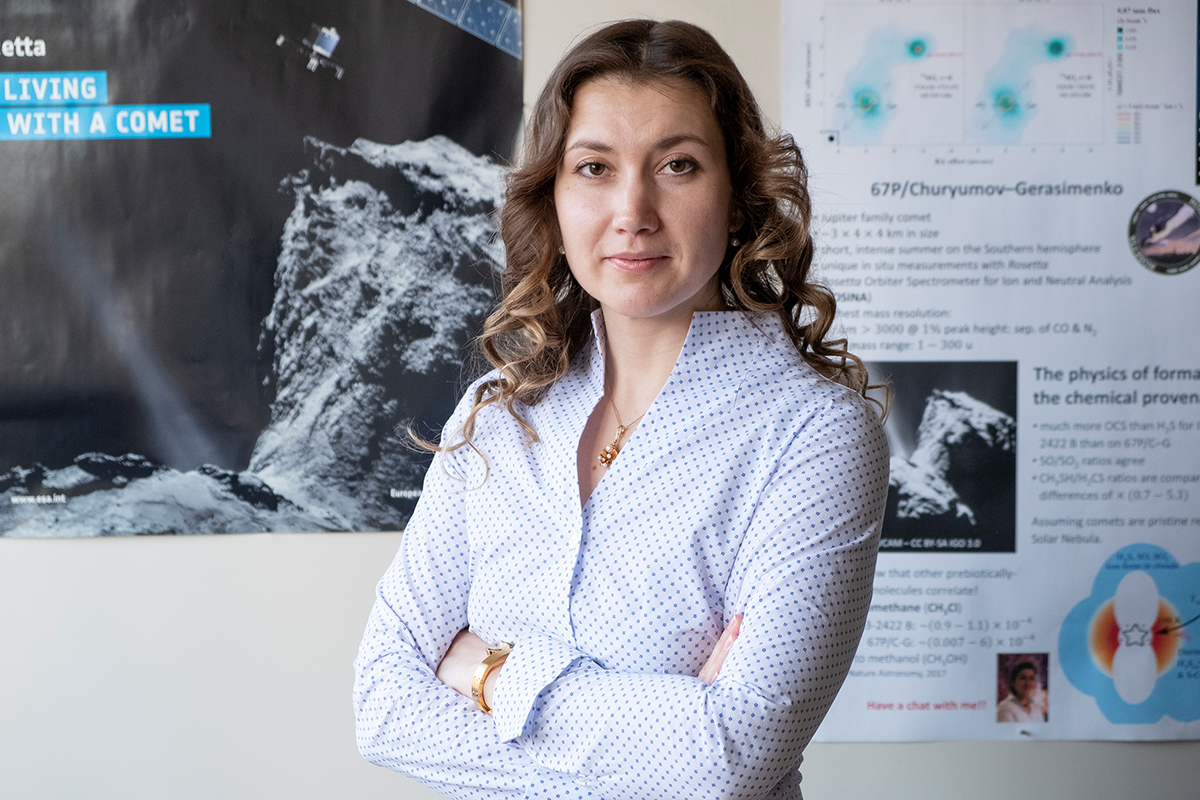
"The Planetary Cookbook" is the name of Maria Drozdovskaya's research project, which the Swiss National Science Foundation (SNSF) supports with almost one million Swiss francs. However, it is only figuratively about cuisine. It’s focus is not on normal cooking processes, but on those on a much larger scale. The ones that take place during the creation of astronomical objects.
Maria Drozdovskaya is visibly delighted when she talks about her catchily titled research project. Only recently, she published a paper on the coldest ice in the universe that received a lot of media attention. "Such extremely cold ice particles form on dust grains in so-called interstellar clouds," explains the Bernese astronomer. "At some point, these clouds undergo gravitational collapse, condense in the centre, and begin to form a star. The surrounding material arranges itself into a disc around it, which later produces planets and comets."In search of the right ingredients
"Interstellar ice is one of the most basic ingredients for the formation of young celestial bodies, " Drozdovskaya continues. "If you uncover the composition of the ice, you also get clues as to what the larger celestial bodies are made of," she says. Similar to cooking, it is therefore essential to know the right ingredients when researching the formation of planets.
The online magazine of the University of Bern

Subscribe to the uniAKTUELL newsletter
The University of Bern conducts cutting-edge research on topics that concern us as a society and shape our future. In uniAKTUELL we show selected examples and introduce you to the people behind them – gripping, multimedia and free of charge.
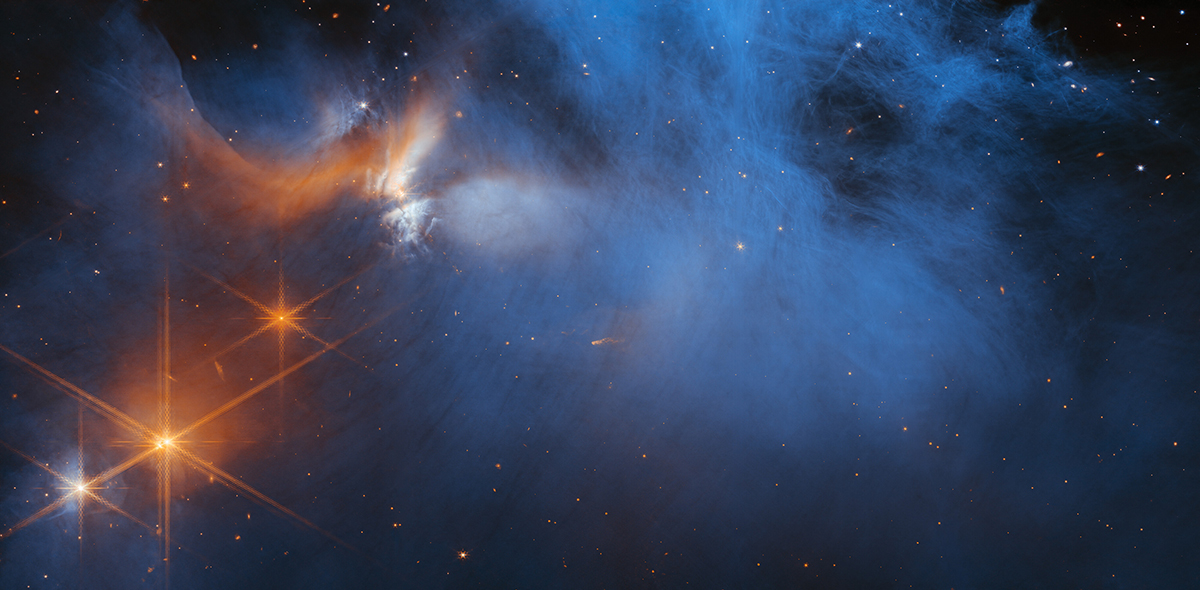
To study the ice, Drozdovskaya and her colleagues from the international "Ice Age" research team used the new James Webb Space Telescope. "We were selected as one of only thirteen projects in the first selection round," she says proudly. According to the researcher, the James Webb allows them to see deeper into the interstellar clouds from which planets and stars form than ever before.
The result is also a first: Drozdovskaya and her colleagues found signs of complex organic compounds in the James Webb data. "Organic molecules had already been detected in gases of interstellar clouds, but never in their ice. This is further evidence that the molecules that form the basis of life are present very early on in the comet and planet formation process," Drozdovskaya says.
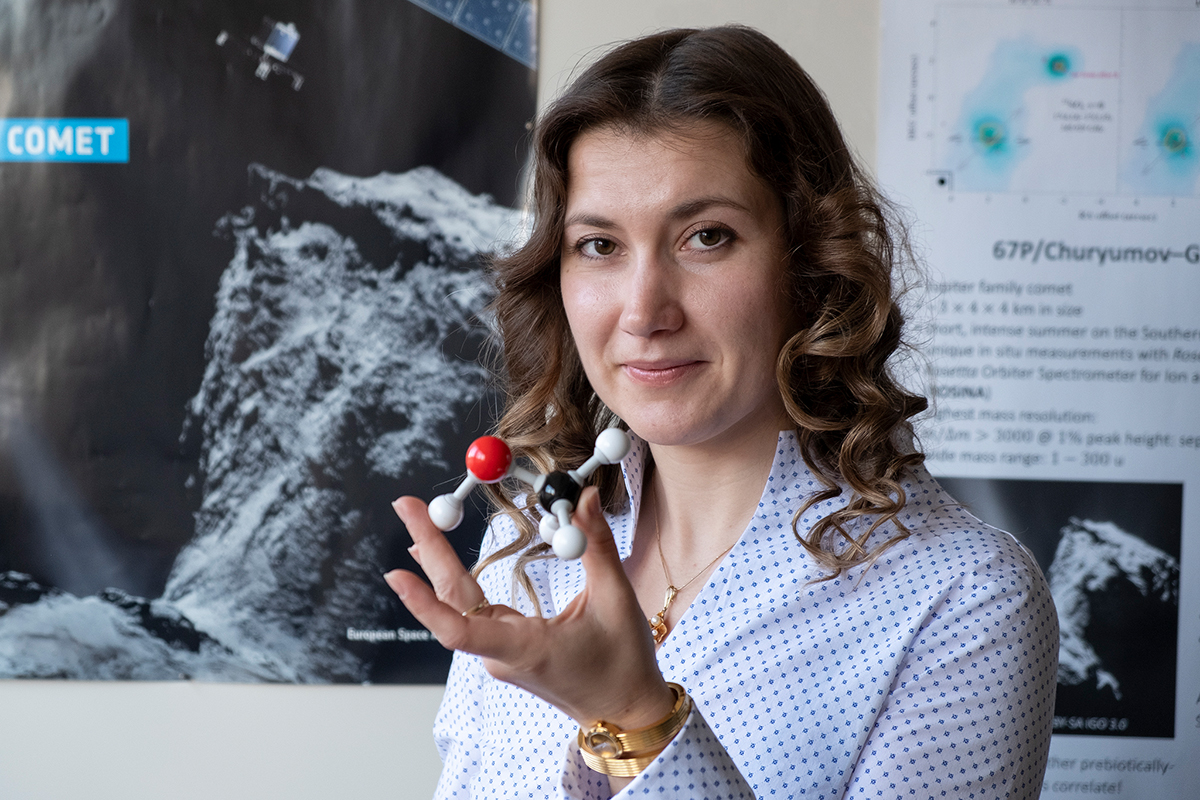
The fascination of astrochemistry
Drozdovskaya's research interest, however, is not the origin of life per se, but astrochemistry in general: "What attracted me to this discipline from the beginning is the interplay between tiny molecular processes and the unimaginably huge objects we observe in space," the researcher explains. From no other perspective can this interplay be grasped in a comparable way: "as an astrochemist, you uniquely see how the smallest possible developments influence the formation of celestial bodies and over time impact the largest systems in the universe. One always wonders: does physics drive chemistry, or is it chemistry that drives physics?"
The enthusiasm with which Drozdovskaya talks about her research is contagious. And she too was once infected. Her father, a well-read engineer, introduced her to astronomy as a child and passed on his interest. She has been fascinated by the subject ever since. "Sometimes you just feel drawn to something and get excited about it," says the young researcher. The academic career was then a natural choice for her. "Both of my parents have a PhD – so it was clear to me early on that I had to have one too," she adds with a laugh.
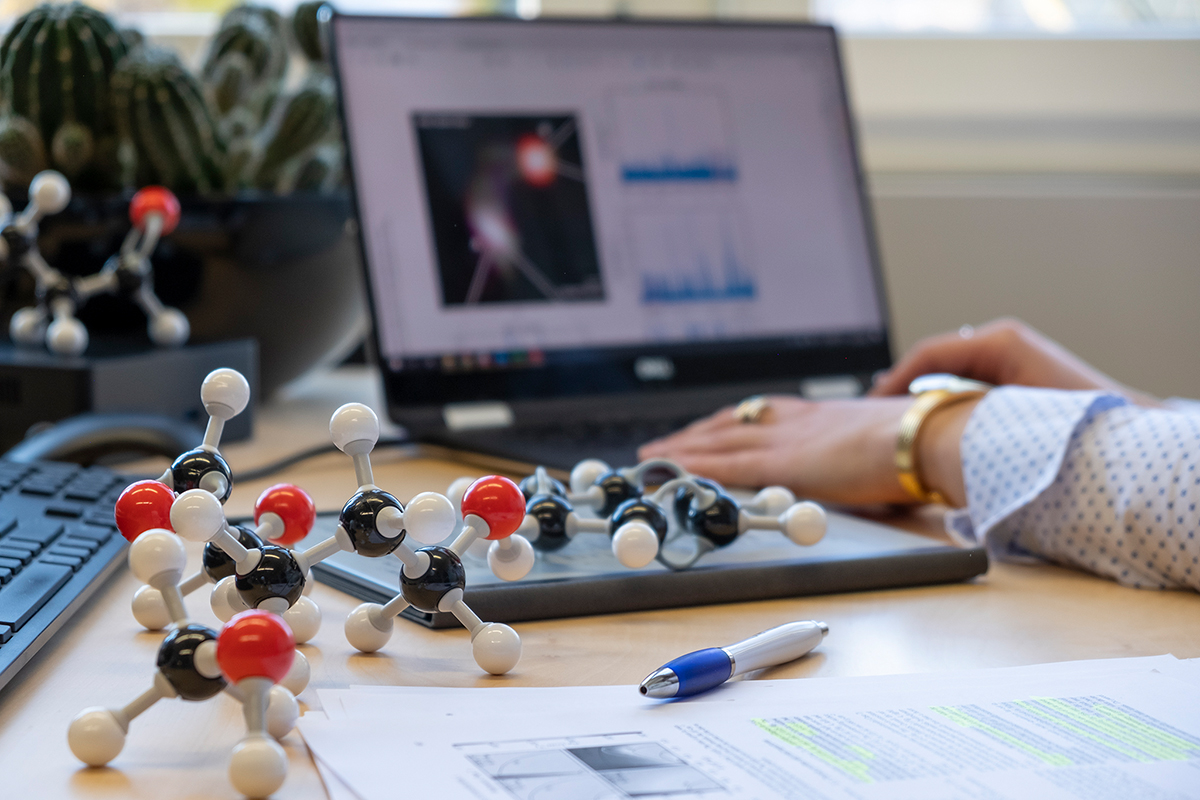
Paving the way for astrochemistry – with the help of ROSINA
Drozdovskaya came to Bern in 2016, shortly after completing her dissertation. Before that, the dual Dutch-Russian citizen worked at Leiden University, which has a great reputation in astrochemistry. The contrast to Bern is correspondingly stark: "there are only a few astrochemists here," Drozdovskaya notes. "But it's exciting and a great opportunity to be able to help pave the way for astrochemistry at the University of Bern."
Nevertheless, she was able to benefit from space research in Bern: "Through the work at the Center for Space and Habitability (CSH) and the National Center of Competence in Research (NCCR) PlanetS, I was able to learn a lot about the formation of exoplanets and comets. This has allowed me to focus more closely on the connections between these celestial bodies and their earlier stages of evolution," Drozdovskaya says.
In this aspect of her research, she says, she is very lucky to be in Bern: "it was central to find myself in the same place as the Bernese team that developed the ROSINA instrument on ESA’s ROSETTA mission, " Drozdovskaya elaborates. "Part of my research over the last few years has been to use the data from the ROSINA instrument to link the chemical composition of interstellar clouds with that of comets. Without the option to collaborate directly with the people responsible for ROSINA, this would not have been possible."
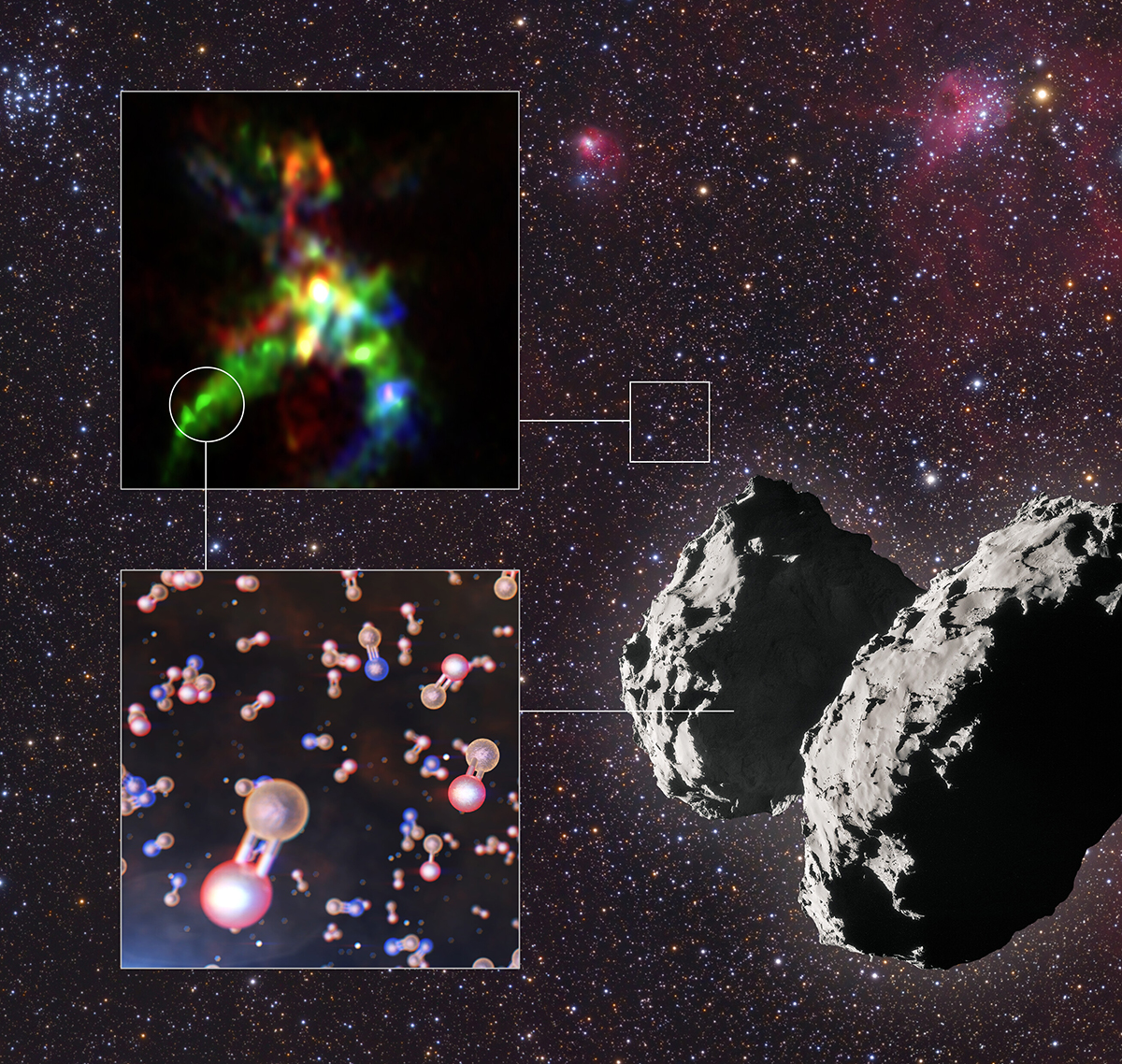
Independence, mentoring, and downsides
Asked what she likes most about her work in Bern, Drozdovskaya doesn't have to think twice: "The ability to define my own research direction here is a great advantage," says the astrochemist. As a fellowship holder at the CSH and a recipient of one of the coveted SNSF Ambizione Grants for "The Planetary Cookbook", she can plan her scientific work independently and manage her own budget. "It is a great privilege to enjoy this freedom."
The SNSF Ambizione Grant not only included research funds, but also a doctoral position. Supervising a junior researcher was a big step in her scientific career, Drozdovskaya says: "I was definitely nervous in the beginning. I gathered a lot of advice from colleagues about what makes a good supervisor," she explains, "but the mentoring was incredibly rewarding. It gives me great pleasure to be able to share my research with someone and watch the doctoral student learn, start asking the right questions, and contribute her own ideas."
However, Maria Drozdovskaya also sees downsides to an academic career: "Job security is a well-known problem. When a position ends, you never know exactly what will happen next." Asked what it's like to work as a woman in a field historically dominated by men, Drozdovskaya also expresses reservations: "In astrochemistry, the ratios are a bit more balanced – I've actually had all-women research calls! But in astronomy as a whole, you still see a big discrepancy, especially at the higher career levels. How to deal with that is a difficult question. But I will say this: the teams that work best and come up with the most creative solutions are diverse."
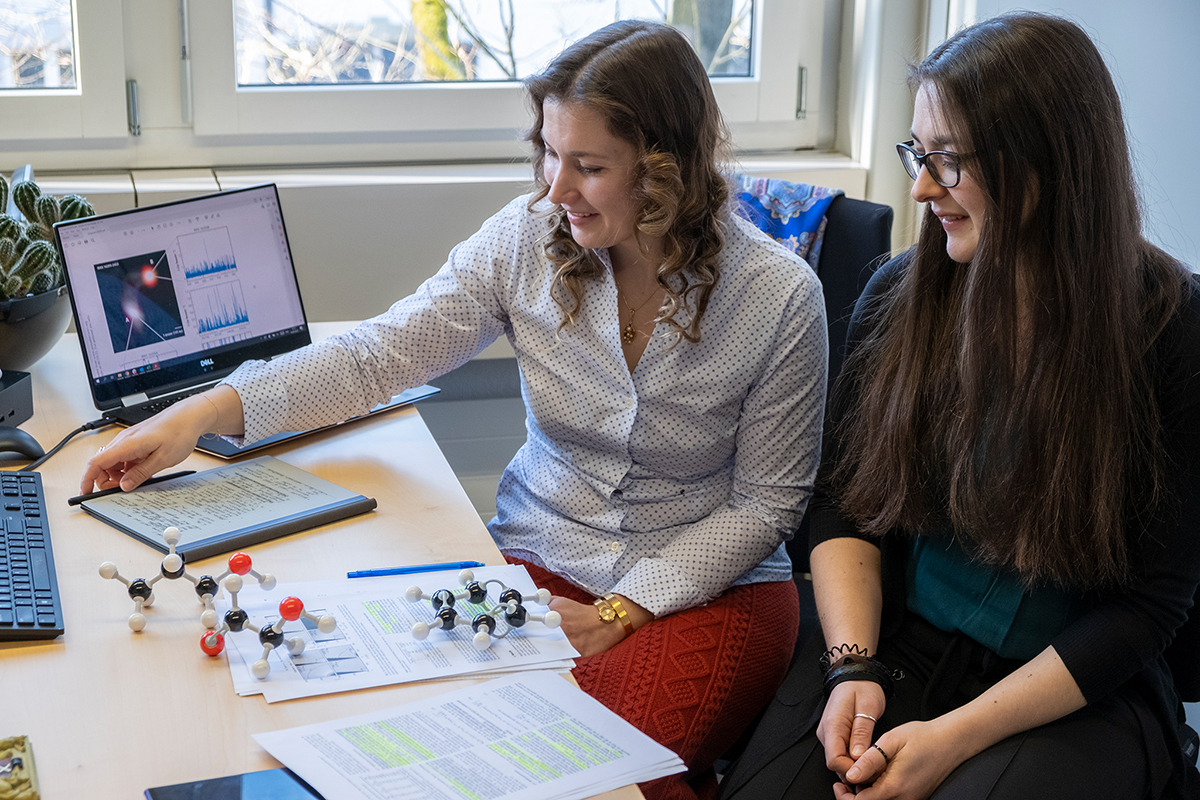
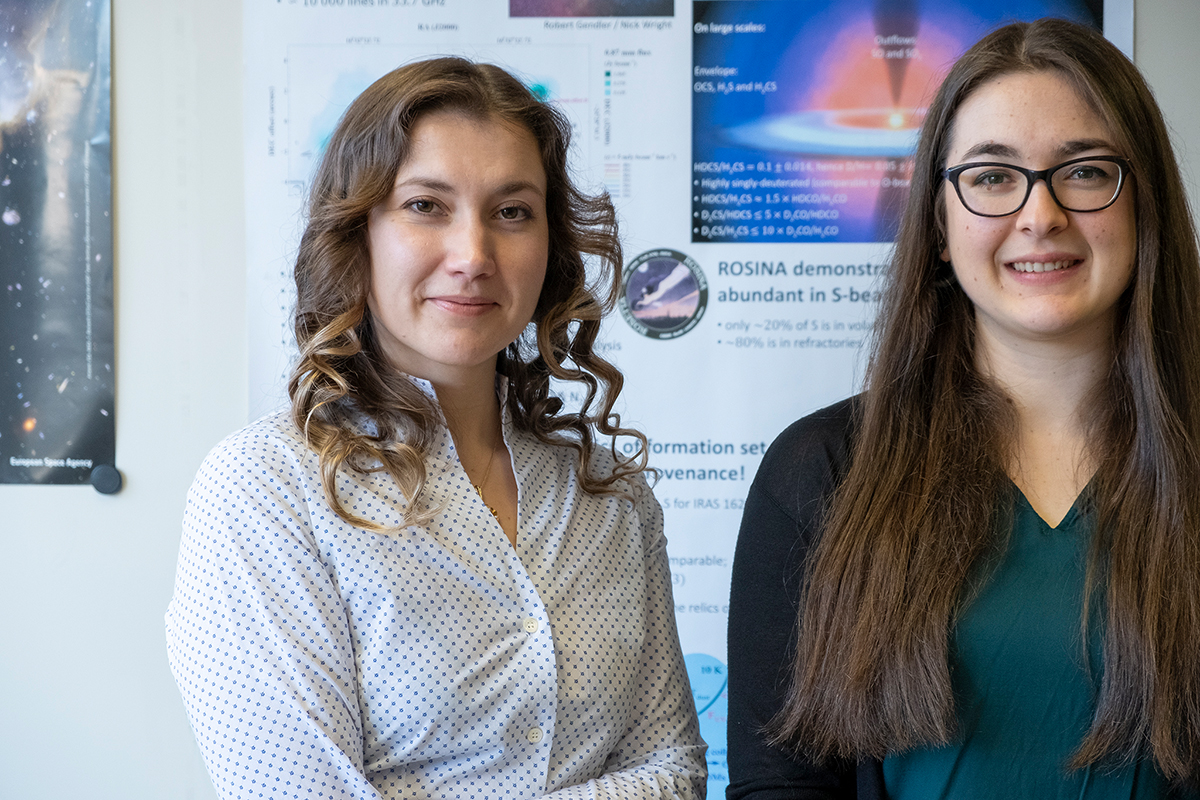
The next big project
Job security also hits home for Drozdovskaya: "The Planetary Cookbook" is slated to end in October this year. "I'm very actively on the job-hunt at the moment," says the astrochemist. But the next big projects are already planned. "I would like to look more closely at how many organic molecules are present in the birthplaces of comets and planets and under what conditions they occur," Drozdovskaya explains. She is also currently leading an international team called "COMPASS", which will use the ALMA observatory in the Atacama Desert to make observations. "We are working with ALMA to study the composition of the gases that are in the interstellar clouds alongside the ice."
Thus, Maria Drozdovskaya is already setting her sights on the next ingredients for the celestial bodies. Her recipe so far she shares with a grin: "Take an interstellar cloud of dust grains, ice and gas, add gravity, cook and knead the mass until it can be formed into a planetary system, then garnish it with a pinch of organic molecules at the end."
About
Maria Drozdovskaya
studied astronomy and mathematics at Leiden University in the Netherlands, where she completed her doctorate in 2016 with an astrochemical thesis. Drozdovskaya came to the University of Bern the same year. Since then, she has been working as an independent researcher at the Center for Space and Habitability (CSH): first as a CSH and IAU Gruber Foundation Fellow and since 2018 as the holder of an SNSF Ambizione Fellowship. Her current SNSF-funded project, "The Planetary Cookbook", investigates the chemical processes involved in the formation of celestial bodies. Recently, she has been leading the international research programme COMPASS, which searches for organic molecules in space using the ALMA observatory.
James Webb Space Telescope identifies origin of icy building blocks of life
Interstellar molecular clouds are considered the cradles of planetary systems. With the help of the James Webb Space Telescope, an international research team including the Center for Space and Habitability (CSH) at the University of Bern and the National Centre of Competence in Research (NCCR) PlanetS discovered the deepest and coldest ice ever detected in such a molecular cloud. The discovery provides astronomers with new insights into the icy components that are incorporated into planets over time and could ultimately form the basis for life.
To the media release
Bernese space exploration: With the world’s elite since the first moon landing
When the second man, "Buzz" Aldrin, stepped out of the lunar module on July 21, 1969, the first task he performed was to set up the Bernese Solar Wind Composition experiment (SWC) also known as the “solar wind sail” by planting it in the ground of the moon, even before the American flag. This experiment, which was planned, built and the results analyzed by Prof. Dr. Johannes Geiss and his team from the Physics Institute of the University of Bern, was the first great highlight in the history of Bernese space exploration.
Ever since Bernese space exploration has been among the world’s elite, and the University of Bern has been participating in space missions of the major space organizations, such as ESA, NASA, and JAXA. With CHEOPS the University of Bern shares responsibility with ESA for a whole mission. In addition, Bernese researchers are among the world leaders when it comes to models and simulations of the formation and development of planets.
The successful work of the Department of Space Research and Planetary Sciences (WP) from the Physics Institute of the University of Bern was consolidated by the foundation of a university competence center, the Center for Space and Habitability (CSH). The Swiss National Fund also awarded the University of Bern the National Center of Competence in Research (NCCR) PlanetS, which it manages together with the University of Geneva.
About the Author
Manuel Steffen works as an intern in the department of communication and marketing at the University of Bern.